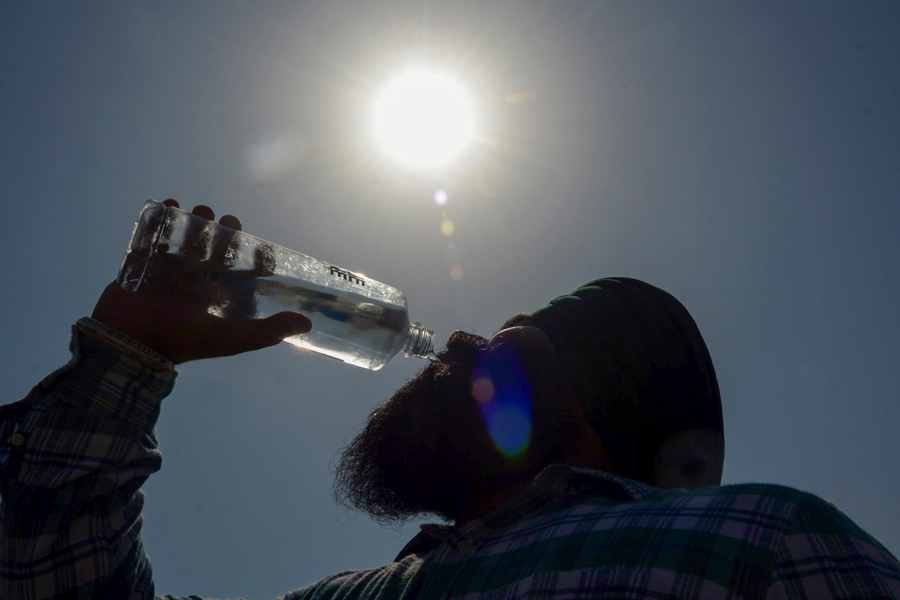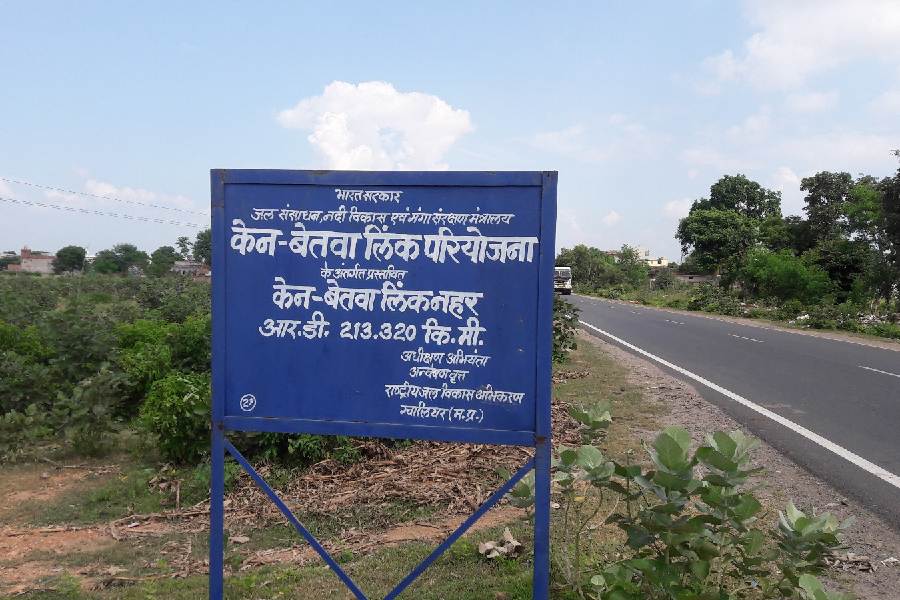The end of the unusually early heat wave that gripped much of the US over the past seven days is in sight.
But first, the country will need to endure another day, possibly two, of scorching hot temperatures in the Mid-Atlantic States and along the I-95 urban corridor on the East Coast.
The National Weather Service predicts that the heat wave, which has more than 100 million people under heat advisory alerts, will last through early this upcoming week.
The Mid-Atlantic States and cities along the I-95 urban corridor, from Washington DC to New York, will continue to simmer through Sunday. Heat advisories have been issued for areas east of the Blue Ridge Mountains, where the heat index — a measure of how the heat feels with humidity taken into account — is forecast to range between 100 and 108 degrees Fahrenheit.
Already, several decades-old temperature records were broken on Saturday afternoon. Baltimore reached 101 degrees Fahrenheit, breaking the daily high temperature record of 100 degrees Fahrenheit, set in 1988. And in Dulles, Virginia, the temperature reached 100 degrees Fahrenheit, breaking the previous record of 99 degrees Fahrenheit, also set in 1988.
Forecasters say there will be some relief in other parts of the country that were hit hard last week. In New England, record-breaking temperatures have already receded, and forecasters predict that Sunday will bring lower temperatures to the Ohio Valley and the Midwest. This is good news for a region that forecasters described as particularly susceptible to heat-related illnesses, given how anomalous the temperatures were for this time of year.
In Detroit, the heat index is forecast to fall from a high of 95 degrees Fahrenheit on Saturday to 87 degrees Fahrenheit on Sunday. And in Chicago, the heat index is expected to decline from a Saturday high of 96 degrees Fahrenheit to 79 degrees Fahrenheit.
The National Weather Service warned that the heat wave could be the longest experienced in decades for some locations. In recent years, global warming has made heat waves hotter, more frequent and longer lasting.
Extended heat waves come with added dangers, as the stress the heat puts on the body is compounded the longer high temperatures last.
The health consequences of this heat wave are starting to show up in the data. Heat-related emergency room visits spiked in regions of the US that were hit hardest by the heat wave last week, according to a tracker by the Centers for Disease Control and Prevention.
In New England, the number of heat-related visits climbed to 833 per 1,00,000 last Thursday — the highest rate in the country all week.
Floods force rescue
More than a million people in the Upper Midwest were under flood warnings on Sunday morning, after days of heavy rain caused major flooding, forced evacuations and led to rescue in Iowa and South Dakota.
The flood warnings were in place for rivers in parts of Illinois, Iowa, Nebraska, Minnesota, Nebraska, South Dakota and Wisconsin. Some of the warnings were scheduled to end later on Sunday; others were in effect until further notice. A flood warning means that flooding is imminent or already occurring.
In Iowa, several rivers have been peaking above levels reported during a 1993 flood that left 50 dead across the Midwest, according to that state’s governor, Kim Reynolds. She declared a disaster for 21 counties on Saturday, calling the flooding “catastrophic” on social media.
In South Dakota, torrential rain has fallen across the central and eastern parts of the state for three days, and some areas have received up to 18 inches.
New York Times News Service











